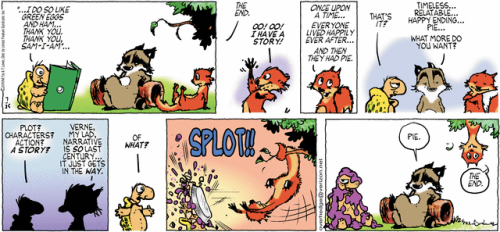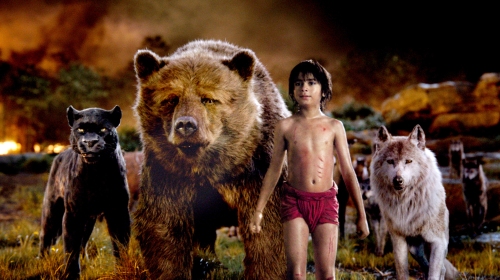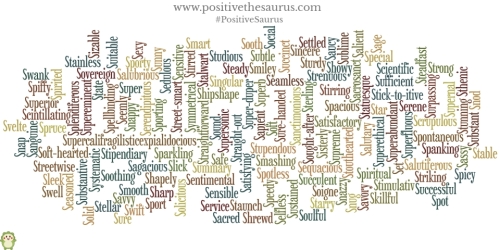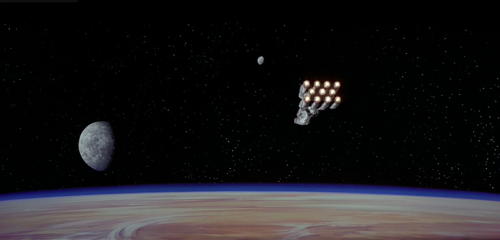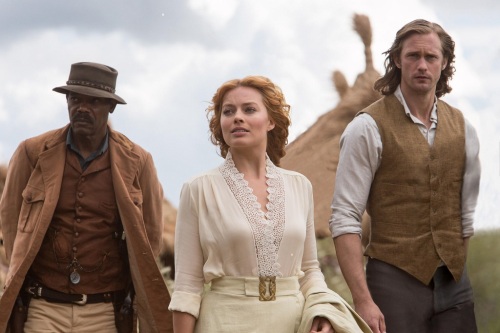“Here’s my current dirty secret. I’m afraid to tackle a novel.”
That’s the first line of a post I wrote on my K Stoddard Hayes blog, over 4 years ago. I’m reposting it now, because the writing approach below is the roadmap I’m using to write the first New Colorado novel during the coming year.
I started serious planning and outlining late in the fall. This requires not only the detailed breakdown of Book 1, but overall story arcs for the whole series of 4 or 5 novels. It’s so absorbing, so exciting, so much fun, that I didn’t notice until a couple of days ago that I have forgotten to be afraid.
So, for others who are ready to fly, here’s that post:
(July 23, 2013) Here’s my current dirty secret: I’m afraid to tackle a novel. I haven’t written a novel draft in a couple of decades — though between my worldbuilding blog and my published articles, I’ve probably written the equivalent of at least ten non-fiction books.
But a novel is different. You can put together a non-fiction book by doing the research then organizing the material in any of half a dozen ways. A novel, though, can’t be organized that way. It has to grow, organically, and what you’re growing is not a potted plant nor even a patch of flowers, but a very big tree. Read More…
